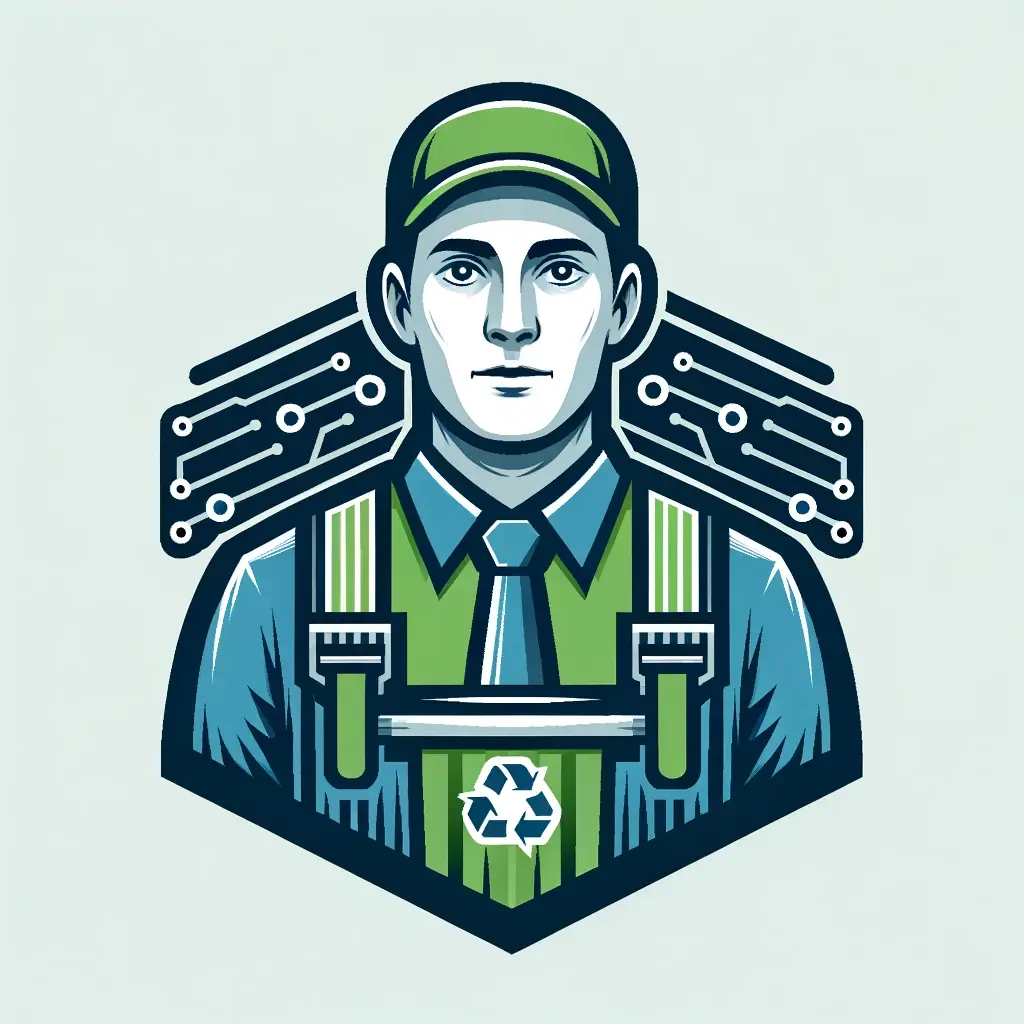Introduction
In “Low-Tech Garbio Meets High-Tech World,” we delve into the evolving technology landscape of waste management, juxtaposing the industry’s historical readiness to adopt practical technological innovations with today’s rush towards digital transformation. This exploration is both a reflection on historical and current trends in the adoption of technology and a recognition of the unique challenges facing waste industry business owners and operators today.
Historically, the waste management industry has shown a keenness to embrace technological innovations that offered tangible improvements in efficiency, worker safety, and quality of life. The garbios of yesterday were not Luddites, but they certainly showed a preference for adopting technological advancements that made their difficult and labor-intensive jobs easier and safer over those that merely made the strategists, consultants, and bean-counters in the back office happy. From the early replacement of horse-drawn wagons with motorized vehicles to the introduction of hydraulic lifts in the mid-20th century, each technological leap was a practical solution to the challenges of the time. Later, with the advent of recycling as a cultural priority, the industry readily adopted automated material sorting technologies, replacing tedious and often dangerous manual sorting processes. These advancements were not just about embracing technology for its own sake; they eased the drudgery and bone-aching labor most industry workers experienced daily. Measurable efficiencies and direct returns on investment came along for the ride and further justified their adoption.
However, as we traverse into the 21st century, the nature of technological innovations in waste management has shifted significantly. Today’s high-tech, often digital, innovations present a stark contrast to the straightforward, mechanical solutions of the past. While earlier technologies were primarily focused on practical improvements aimed at easing laborious operations and increasing worker safety, current digital transformations encompass information and knowledge-oriented improvements involving, for example, complex software for route optimization, data analytics for customer and operational management, and ‘smart’ technologies like sensor-equipped waste bins and AI-driven sorting systems.
Unlike the clear, direct benefits of past technologies, the advantages of today’s digital solutions are more nuanced and, in some cases, less tangible, especially for smaller waste management companies with limited resources. The distinction between these low-tech, practical innovations and the high-tech digital transformations being pursued today lies at the heart of our discussion.
The Current State of Tech Innovation in Waste Disposal
Today, waste management is not just about collecting and disposing of garbage. It’s increasingly about optimizing routes with GPS technology, managing customer relationships through sophisticated software, and even using AI for predictive analytics in waste generation patterns. This digital shift represents a significant departure from the industry’s historical reliance on tangible, mechanical improvements.
While larger companies in the field have adapted to these changes, smaller operators often find themselves at a crossroads. The financial investment required for digital transformation can be substantial, and the return on investment is not always immediately clear. Unlike the introduction of motorized vehicles or hydraulic lifts, which directly reduced labor costs and increased safety, the benefits of digital solutions can be more abstract and difficult to accurately measure. Fuzzy benefits like improved customer satisfaction and enhanced data analytics, for example, are often touted by advocates of digital transformation.
This current state presents a complex picture. On one hand, there is undeniable value in leveraging technology for better efficiency and customer service. On the other, the industry faces challenges in ensuring that these digital solutions are accessible to all players, big and small, and that they align with the core business goals of waste management in general as well as the business development concerns of individual waste industry business owners and operators. As we continue, we will delve deeper into these issues, examining how the sector can balance its high-tech aspirations with practical, sustainable approaches that honor its low-tech roots.
In Part Two of this multi-part series, we will explore some of the major technological innovations shaping the waste management sector today as well as their impact for smaller players in the industry. Stay tuned!


